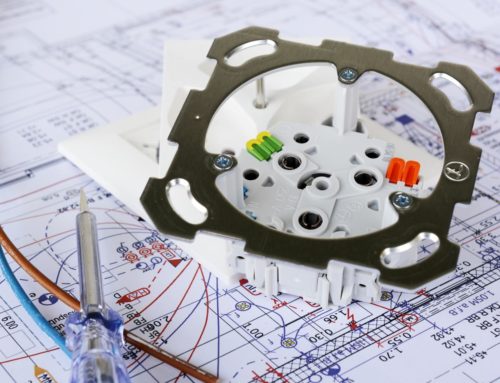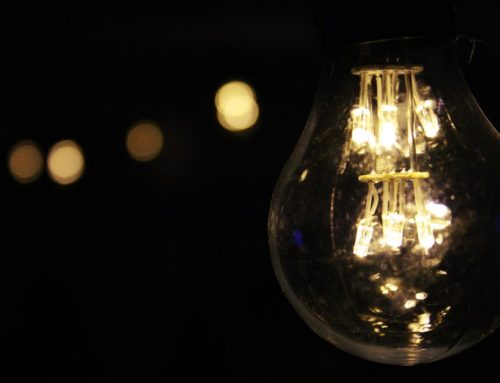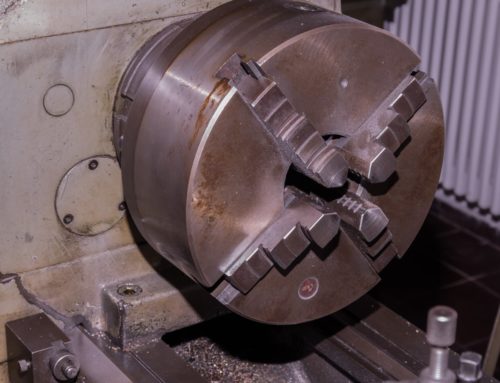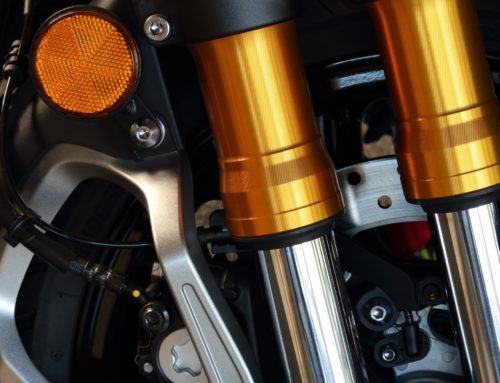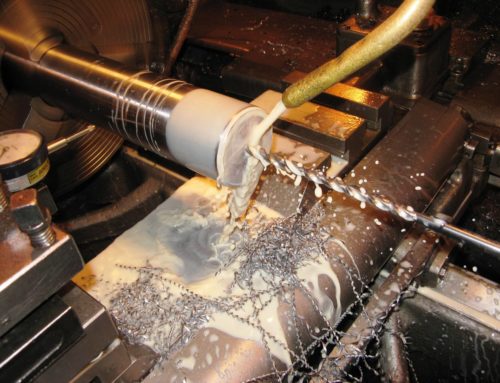Did you know that the Electric Motor Market is projected to surpass 175 billion USD by the year 2030? This is mostly due to increased demand for electrical energy in the face of growing environmental concerns.
But how did this multi-billion dollar industry begin? And how instrumental is the electric motor to society today?
It all started with the electric motor invention.
Read further to discover the origins, developments, and variety of uses for the electric motor!
Electric Motor Invention Timeline
1740s: The electric motor first takes shape as a simple electrostatic device. Andrew Gordon, Scottish monk, and Benjamin Franklin are responsible for these.
1820-1821: André Marie Ampère, a French physicist, develops Ampère’s force law. Michael Faraday, an English scientist, demonstrates this law and puts it into practice.
1827: Anyos Jedlik invents the first device to include the stator, rotator, and communicator.
1837: Thomas Davenport creates the first usable electric motor. His motor is used to power a small printing press. American literature celebrates him as the official inventor of the electric motor.
1832-1886: British scientist William Sturgeon presents a DC motor that can turn machinery. Frank Julian Sprague develops the first practical DC motor in 1886.
1885-1888: Italian physicist Galileo Ferraris creates the first design of the AC motor. Nikola Tesla, famed Serbian-American inventor, also creates his own motor and patents it.
Late 1880s: Engineers continue to advance electric motors for widespread commercial use. Now, electric motors begin to pop up in the industrial world and in everyday home life.
1891: General Electric Company (sound familiar?) develops their own three-phase induction motors.
At this point in history, both DC and AC motors are being used in many important inventions. The first electric trolley system and household items like the refrigerator are a few examples from this time.
Electric Motor Development
By 1905, Alfred Zehden patents a description of a linear induction motor. This motor is capable of driving trains and lifts. A working version is later built by Hermann Kemper in 1935. This motor gives way to further innovation to create electromagnetic brakes.
Electromagnetic brakes are related to the electric motor brakes we know today. Today’s electric brakes rely on electromagnetic forces to direct currents of energy. This creates a smooth and quick stop-and-start motion for the brakes.
And I’m not just talking about brakes used in transportation. Metalworking and woodworking machinery such as lathes rely on electronic motor brakes too!
Brakes and Beyond
The electric motor invention is the foundation of many necessary modern-day inventions. From the vacuum cleaner to the subway systems, an electric motor is behind machinery big and small.
Now that you’ve learned your electric motor history, you can find ample use of it in daily life. And electronic brakes are one of them! You can turn to Ambitech Electronic Brakes for the most efficient, safe, and effective brakes for machinery.
If your workshop machinery could use a low-cost upgrade, contact us at Ambitech to get to know your electronic brake options, or learn more about electronic brakes and peruse our blog!


